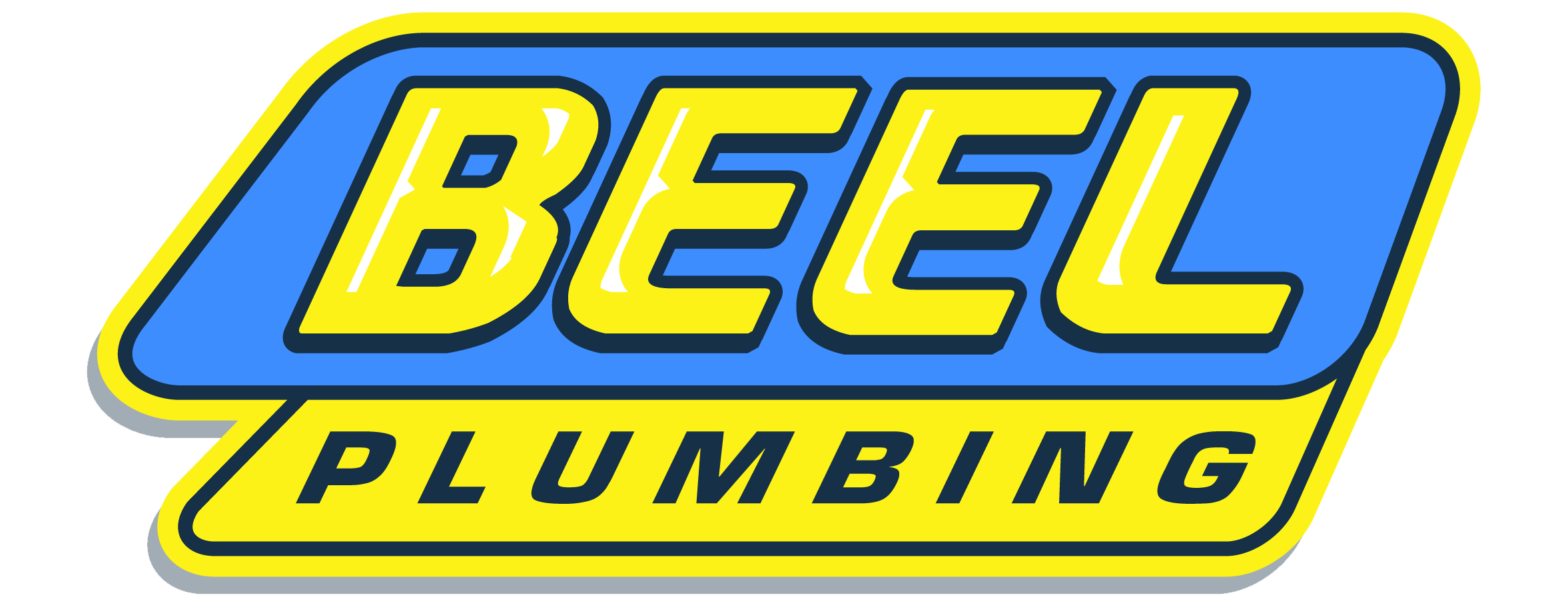When a plumbing issue strikes, it’s tempting to reach for the nearest wrench and head to YouTube. While some plumbing jobs are totally safe (and smart) to DIY, others are best left to the experts. Knowing the difference can save you from costly mistakes, dangerous situations, and future damage.
In this guide, we’ll break down:
- What plumbing jobs you can confidently tackle on your own
- When it’s time to call a licensed plumber
- What tools, risks, and benefits each option brings
Let’s dive in.
🛠️ When You Can Go DIY
There are several minor plumbing tasks that most homeowners can handle with a little patience and the right tools. These don’t require permits, advanced knowledge, or specialized equipment.
✅ Safe DIY Plumbing Jobs:
1. Unclogging a Sink or Toilet
- Use a plunger or a drain snake to dislodge minor clogs.
- For kitchen sinks, a mix of baking soda and vinegar, followed by hot water, can help break down grease.
⚠️ Avoid chemical drain cleaners—they can corrode pipes over time.
2. Fixing a Running Toilet
- Replace or adjust the flapper, float arm, or fill valve inside the tank.
- These parts are inexpensive and easy to install.
3. Replacing a Showerhead or Faucet Aerator
- Often requires just an adjustable wrench and plumber’s tape.
- Great way to improve water pressure or upgrade hardware.
4. Installing a New Toilet Seat or Shower Hose
- Straightforward swap-outs that don’t require pipe disassembly.
5. Minor Leak Repairs Under the Sink
- Tightening loose joints or replacing worn washers on exposed P-traps or flexible hoses.
👷♂️ When to Call a Professional Plumber
While DIY is great for simple fixes, anything beyond basic maintenance should be left to a licensed plumber. These jobs often involve hidden systems, permits, gas lines, and potential code violations.
🚫 Plumbing Jobs You Shouldn’t DIY:
1. Anything Involving the Main Water Line or Sewer Line
- These are your home’s critical arteries. Damage here can disrupt your entire plumbing system and lead to flooding or contamination.
2. Installing or Moving Pipes
- Requires cutting, soldering, or gluing pipes.
- May involve permits, building codes, and inspection requirements.
3. Water Heater Repairs or Installation
- Involves gas lines, high-pressure systems, and electrical connections.
- Mistakes here can cause fires, explosions, or serious injury.
4. Low Water Pressure Throughout the House
- Could signal a leak, corroded pipes, or a problem with the pressure regulator.
- Professionals can diagnose with specialized tools.
5. Hidden or Persistent Leaks
- Leaks behind walls or under slabs are hard to detect and can cause major structural damage.
- Plumbers use moisture meters, cameras, and leak detectors to find the source.
6. Bathroom or Kitchen Renovations
- Involves code compliance, pipe rerouting, and fixture installation.
- A licensed plumber ensures safety, longevity, and insurance coverage.
⚖️ Pros and Cons of Hiring a Pro
| Pros | Cons |
| Professional diagnosis & tools | Labor can be expensive |
| Fast, safe, and code-compliant | May take time to schedule |
| Work is often guaranteed/warrantied | Upfront cost may seem high |
| Prevents long-term damage |
💡 When in Doubt, Get an Expert Opinion
If you’re ever unsure about whether you can DIY something, it’s perfectly okay to consult a plumber first. Many professionals offer:
- Free or low-cost inspections
- Flat-rate pricing
- Emergency services for urgent problems
🧰 Final Thoughts: Know Your Limits, Protect Your Home
DIY plumbing can be empowering and cost-effective—for the right kind of task. But when water, gas, or structural systems are involved, it’s not worth the risk. A licensed plumber brings peace of mind, expertise, and lasting solutions.
So, before you grab your wrench, ask yourself:
- Do I fully understand what’s causing the issue?
- Do I have the right tools—and the skills to use them safely?
- If something goes wrong, will I know how to fix it?
If the answer is “maybe” or “no,” that’s your sign to pick up the phone instead of the pipe wrench.
✅ DIY vs Professional Plumbing: Quick Checklist
🛠️ Safe for DIY:
- Unclogging a toilet or sink (using a plunger or drain snake)
- Replacing a showerhead or faucet aerator
- Fixing a running toilet (adjusting or replacing tank parts)
- Installing a toilet seat or shower hose
- Tightening loose fittings under sinks
- Using baking soda + vinegar to clean minor buildup in drains
🚫 Call a Plumber For:
- No water or low pressure throughout the home
- Sewer line or main water line problems
- Water heater installation or repairs
- Pipe installation, soldering, or repiping
- Hidden leaks or signs of mold/water damage
- Renovations involving plumbing fixture changes
- Frozen, burst, or leaking pipes
- Gas line connections related to plumbing
⚖️ Decision Time: Ask Yourself…
- Do I understand what’s causing the issue?
- Do I have the right tools and skills?
- Could this create long-term damage if done wrong?
- Would an expert give me peace of mind?
💡 If you answered “No” or “Not sure” to any—call a pro!
